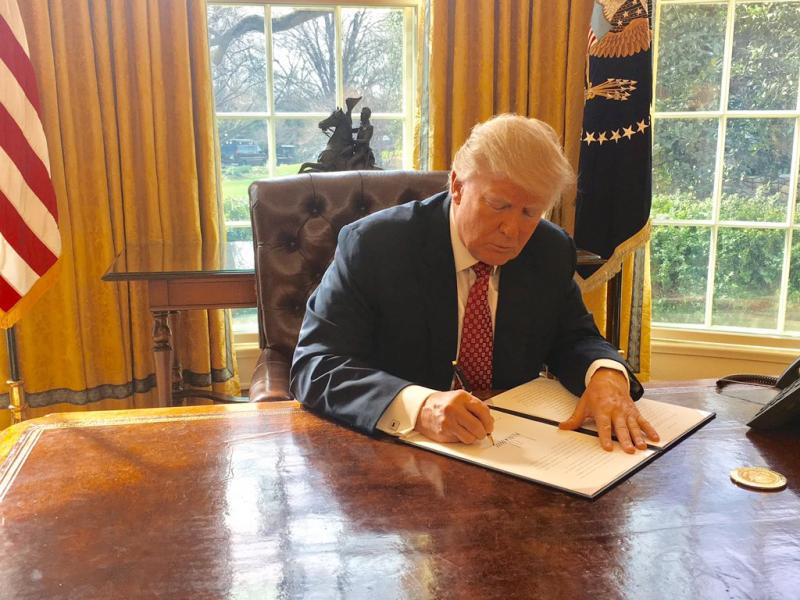
In recognition of the increasing importance of telehealth during the Coronavirus pandemic, the Trump administration on Monday announced an executive order that allows telehealth workers to better treat patients in rural communities. This order will help improve health care accessibility for the approximately 57 million Americans living in rural communities.
During the height of nationwide shutdowns, Medicare telehealth visits grew from just a few thousand per week to more than 1 million. In this time of social distancing, telehealth has become a vital source for many Americans looking for safe ways to see their doctor while maintaining social distancing.
In the days following the outbreak of COVID-19, the Trump Administration took steps to expand healthcare access for Medicare beneficiaries by issuing temporary waivers expanding telehealth options. This meant that seniors did not need to come in contact with health care providers to receive the quality of care they expect.
In March, President Trump issued an executive order on telehealth, allowing Medicare beneficiaries to interact with their doctors via phone or video conferencing at no additional cost, covering commonly used services like Facetime and Skype. Prior to President Trump’s order, Medicare was only allowed to pay for telemedicine in certain circumstances, such as for rural patients that lacked easy access to their doctors. In these situations, the patient would have to travel to a medical facility and teleconference with their doctors, and beneficiaries could not generally receive care in their homes.
The Trump Administration expanded telemedicine in Medicare even prior to the pandemic. Over the past two years, beneficiaries have been able to briefly check in with their doctors via phone, videoconferencing, or online patient portals.
The telemedicine expansion for Coronavirus allowed a wide range of providers (doctors, nurse practitioners, clinical psychologists, and licensed social workers) to offer telehealth services to Medicare beneficiaries. Beneficiaries can receive telecare at any healthcare facility, like nursing homes or physician’s offices, or from the comfort of their own homes.
Since telehealth is relatively new and growing, the existing Medicare payment structure was unprepared for the surge in telemedicine that the Coronavirus pandemic has caused. The new order requires the Department of Health and Human Services (HHS) to release a revised payment model and test new innovations in order best meet the needs of rural patients.
The order also addresses technological limitations that prevent patients from easily accessing their doctors. Now, the Federal government is directed to launch a joint initiative in 30 days to improve healthcare communication infrastructure and expand rural services.
Instead of using the crisis to consolidate more power in the federal government’s hands, President Trump and his administration have made deregulation a central part of the Coronavirus response. State and local governments have followed suit, leading to the suspension of over 800 rules and regulations in total.
As the pandemic continues, access to telehealth for American seniors and individuals in rural areas is more important than ever. President Trump’s new executive order helps achieve this goal by ensuring that Medicare beneficiaries have access to the safe, quality care they need from the comfort of their own homes.

